Nationality American Period Abstract expressionism | Name Sonia Gechtoff Movement Abstract Expressionism | |
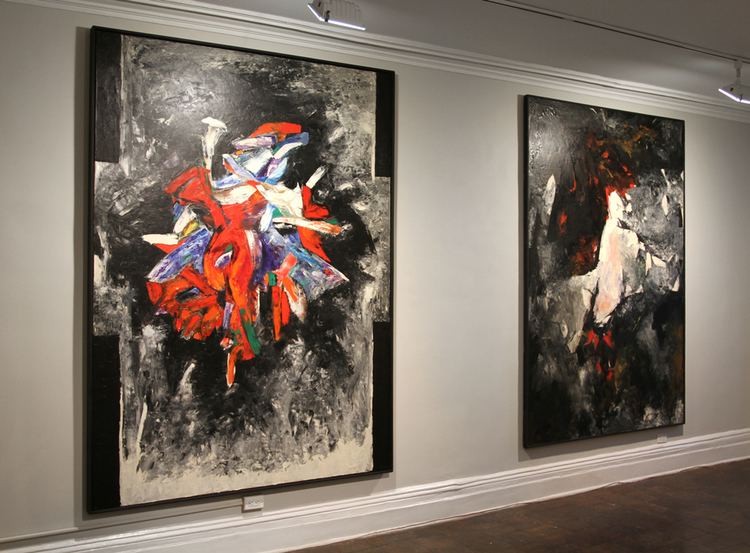 | ||
Full Name Sonia Alice Gechtoff Born 1926 (age 88–89) Philadelphia, Pennsylvania, United States Education School of Industrial Arts, now the Pennsylvania Academy of the Fine ArtsCalifornia School of Fine Art, now the San Francisco Art Institute Spouse(s) James Kelly (1953-2003; his death) | ||
National academy museum sonia gechtoff gallery
Sonia Gechtoff (born 1926, Philadelphia, USA) is an American abstract expressionist painter. Her primary medium is painting but she has also created dozens of drawings and prints.
Contents
- National academy museum sonia gechtoff gallery
- Hidden Figures Sonia Gechtoff Nina Tryggvadottir Beate Wheeler and Anthe Zacharias 1
- Early life and education
- Career
- Work
- Group exhibitions
- Solo exhibitions
- Awards
- Public collections
- References
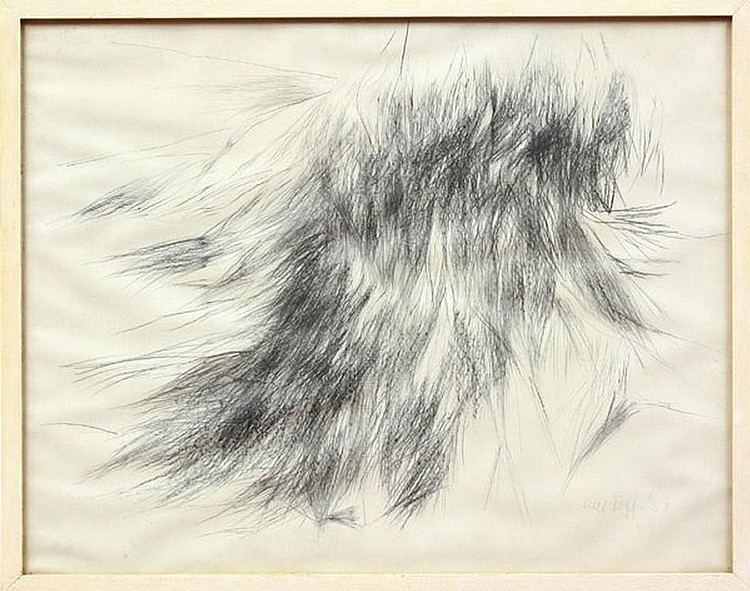
Hidden Figures Sonia Gechtoff, Nina Tryggvadottir, Beate Wheeler and Anthe Zacharias 1
Early life and education
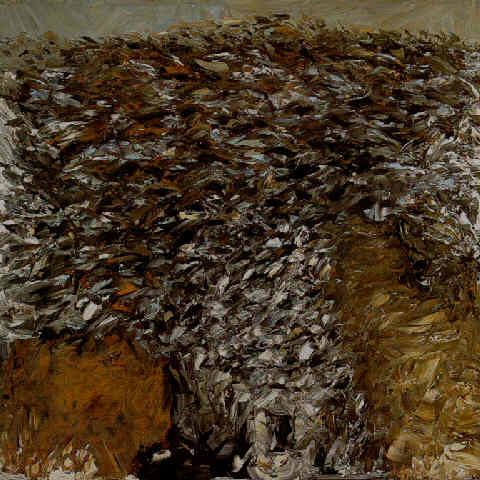
Sonia Gechtoff was born in Philadelphia to Ethel (Etya) and Leonid Gechtoff. Her mother managed art galleries, including her own East West gallery in San Francisco. Her father was a highly successful genre artist from Odessa, Ukraine. He introduced his daughter to painting and "had [her] sit beside him at his easel with a brush and paints and beginning at age six he was there to spur [her] on".
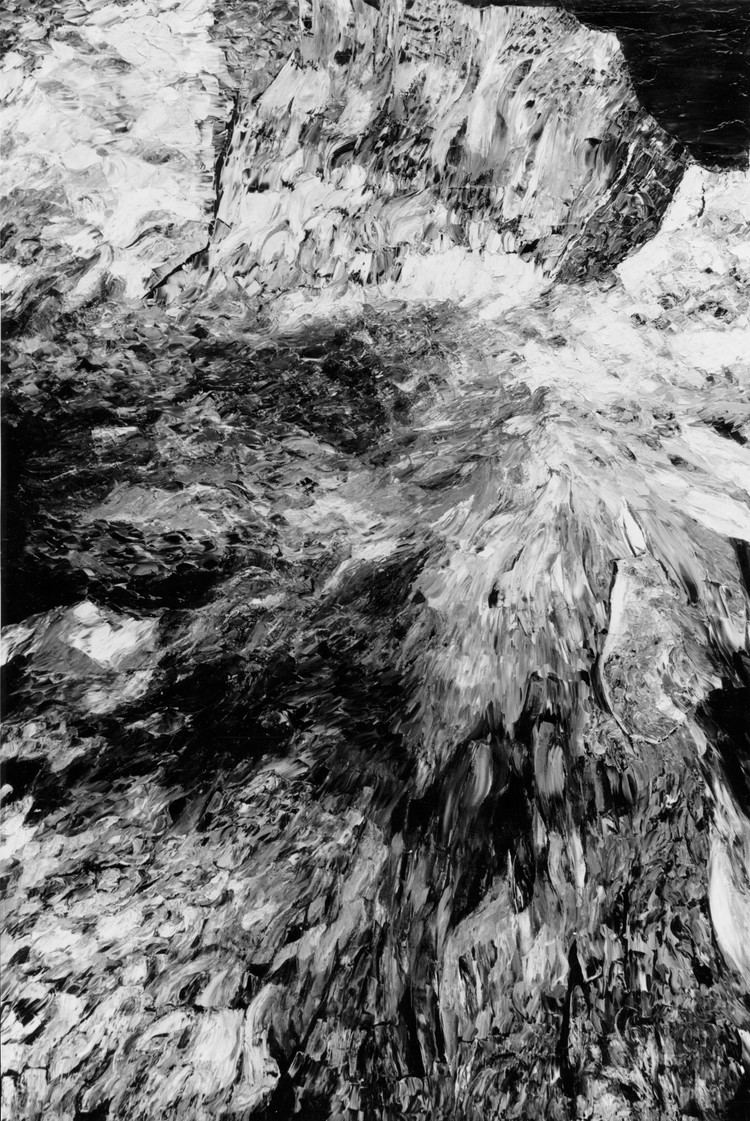
Gechtoff's talent was recognized early and she was put in a succession of schools and classes for artistically gifted children. She graduated from the Philadelphia Museum School of Art (now the University of the Arts) with a BFA in 1950.
Career
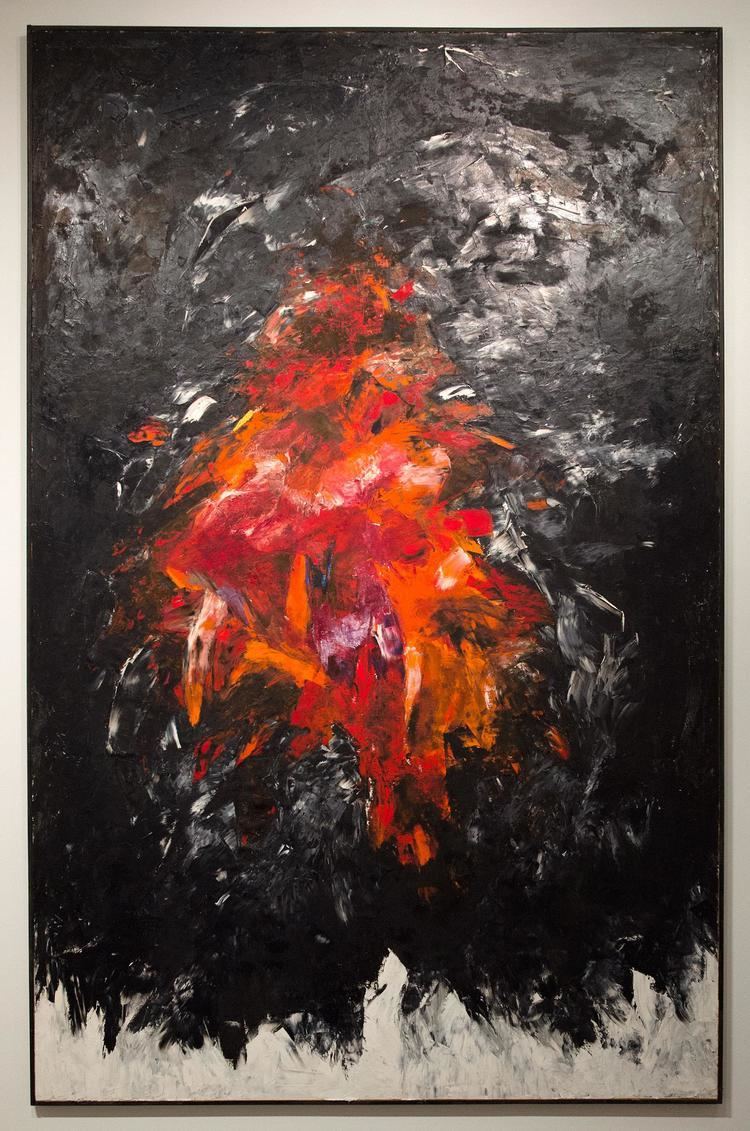
In 1951, she relocated to San Francisco, sharing her social and professional life with such famous Bay Area artists as Hassel Smith, Philip Roeber, Madeline Dimond, Ernest Briggs, Elmer Bischoff, Byron McClintock, and Deborah Remington. According to Gechtoff, female abstract expressionists in San Francisco (such as Jay DeFeo, Joan Brown, Deborah Remington, and Lilly Fenichel) did not face the same discrimination as their New York counterparts.
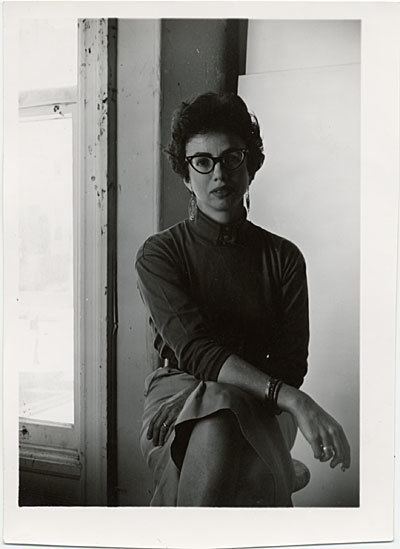
Gechtoff married James Kelly, another noted Bay Area artist, in 1953.
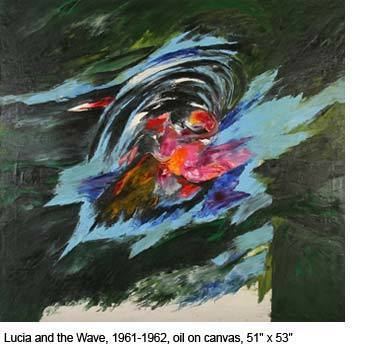
She gained national recognition in 1954, when her work was exhibited in the Guggenheim Museum’s Younger American Painters show alongside Willem de Kooning, Franz Kline, Robert Motherwell, and Jackson Pollock.
Gechtoff and Kelly moved to New York in 1958 where she immediately became a part of the New York art world. She was represented by major galleries, among which were Poindexter and Gruenebaum, receiving consistently excellent reviews for her work. Teaching appointments and visiting professorships to New York University, Adelphi University, Art Institute of Chicago and the National Academy Museum and School, among others, were part of her professional life.
Sonia lives and creates from her studio in New York.
Work
As a teenager, Gechtoff was heavily influenced by Ben Shahn's style of social realism[5], an international political and social movement that drew attention to the struggles of the working class and the poor.
Gechtoff arrived in San Francisco in 1951 and was immersed in the heady culture of the San Francisco Bay Area Beat Generation. The art scene at this time was heavily directed by artists who had studied or taught at the California School of Fine Arts (now the San Francisco Art Institute), where Gechtoff studied lithography with James Budd Dixon. Some of her most well-known work was done in the Bay Area, including the lyrical Etya which is in the Oakland Museum of California.
She rapidly shifted to Abstract Expressionism. Gechtoff cites Clyfford Still's influence on her style (whom she met through her friend Ernie Briggs, but with whom she never studied). She took important lessons about line and shape from Still's work, and is sometimes referred to as a "second-generation" Abstract expressionist.
Her distinctive style emerged at this time: bright, bold works on "big" canvases. Many of her works, like The Angel (1953–55), are abstracted self-portraits. Gechtoff uses vibrant colors and thick, energetic brushstroke to suggest a central figure whose arms stretch across the picture plane. In 1956 she inaugurated her complex "hair" drawings, masses of line that tangled into wispy shapes that float on the paper. Her bold, swirling compositions won her a place in the United States Pavilion at the Brussels World's Fair in 1958.
Later in her career, after moving to New York, Gechtoff began drawing inspiration from the Brooklyn Bridge, classical architecture, and the sea, whose forms are recognizable in her later series of collage-like paintings.
According to Charles Dean, whose collection of Abstract Expressionist prints was acquired by the Library of Congress, Gechtoff was "the most prominent woman working in California in the '50s".
Gechtoff has continued to develop her work throughout her career, never staying with one style. Always abstract, her work began to incorporate graphite after a switch to acrylics from oil. The result has given a sense of linear rhythm to her work. She also developed an interest in doing a series of work on a theme as well as sets, multiple canvases comprising a single complete work. One of her most recent sets is the six canvas "Skip's Garden".
